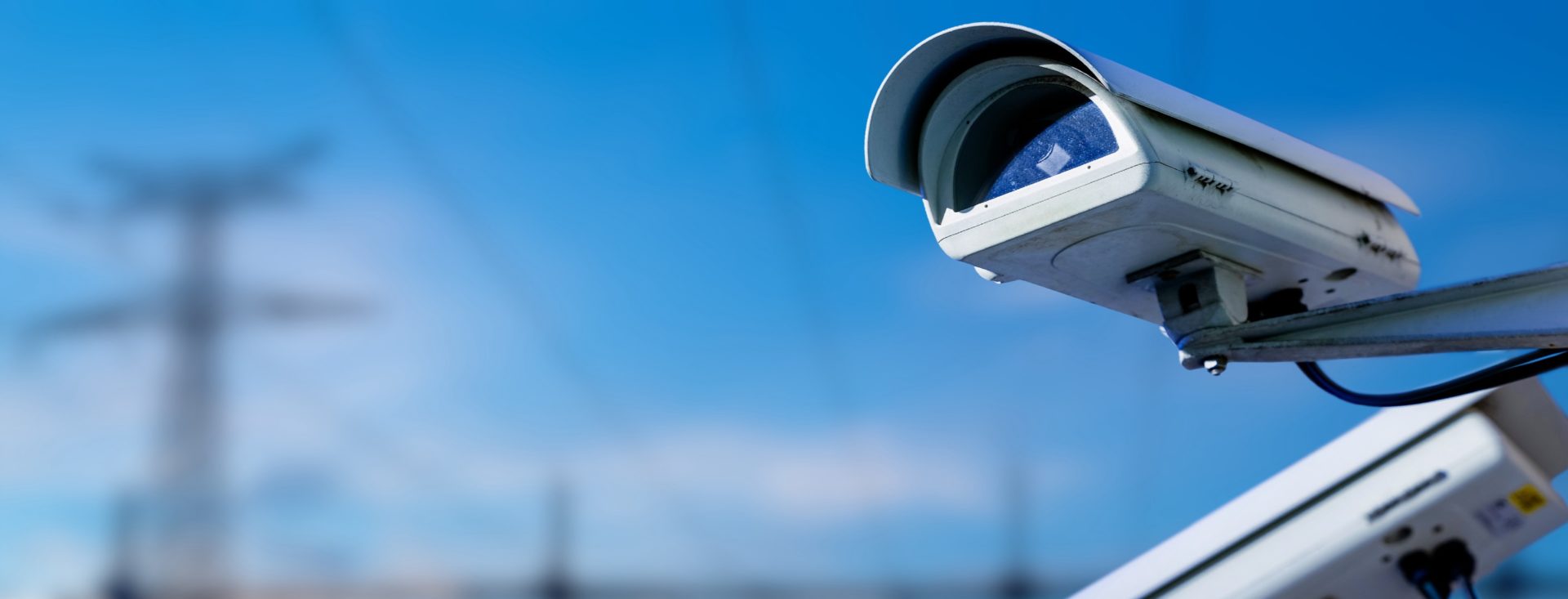In an era of constant technological advancement, businesses are faced with a growing need to protect their assets, employees, and customers. Security is a top priority, and commercial surveillance systems have emerged as a powerful tool to meet this demand. These systems provide 24/7 monitoring, deter criminal activity, and offer valuable insights into daily operations.
What Are Commercial Surveillance Systems?
Commercial surveillance systems, also known as Closed-Circuit Television (CCTV) systems, are a network of cameras, recorders, and monitoring equipment designed to capture and record video footage within a commercial or business environment. These systems allow for real-time monitoring and recording of events, making them an invaluable asset for enhancing security, safety, and operational efficiency.
Benefits of Commercial Surveillance Systems
Investing in a commercial surveillance system can offer numerous advantages to businesses of all sizes and across various industries. Here are some of the key benefits:
- Enhanced Security
Deterrence: Visible cameras act as a strong deterrent to potential criminals. The knowledge that their actions are being recorded can discourage theft, vandalism, and other illicit activities.
Evidence: In the unfortunate event of a security breach, having recorded footage can be crucial for identifying culprits and providing evidence for legal proceedings. - Employee Safety
Emergency Response: Surveillance systems can be integrated with alarms and emergency services, ensuring a rapid response in the event of an emergency or security breach.
Behavior Monitoring: Monitoring employee behavior can enhance safety protocols and ensure compliance with safety guidelines. - Operational Efficiency
Productivity: Surveillance systems can help business owners identify bottlenecks in workflow and make informed decisions to improve operational efficiency.
Customer Insights: Monitoring customer behavior can provide valuable insights for optimizing sales and marketing strategies. - Remote Monitoring
Access from Anywhere: Many modern commercial surveillance systems offer remote access, enabling business owners to monitor their premises from anywhere with an internet connection.
Peace of Mind: Remote monitoring provides peace of mind, allowing business owners to check on their property even when they are not physically present. - Cost Savings
Insurance Premiums: Many insurance companies offer reduced premiums for businesses with surveillance systems in place, as they are considered a lower risk.
Loss Prevention: The ability to deter theft and vandalism can lead to significant cost savings in the long run.
Components of a Commercial Surveillance System
A typical commercial surveillance system consists of several key components: - Cameras
Dome Cameras: These are commonly used for indoor surveillance due to their discreet design.
Bullet Cameras: Ideal for outdoor surveillance, bullet cameras are weather-resistant and provide long-range viewing capabilities.
PTZ Cameras: Pan-Tilt-Zoom (PTZ) cameras can be controlled remotely to capture a broader area. - Recording Equipment
DVR (Digital Video Recorder): A DVR is used to store and manage video footage. It can be configured to record continuously or based on motion detection.
NVR (Network Video Recorder): NVRs use digital technology to store and manage footage, making it easy to access and review recordings. - Monitoring Equipment
Monitors: Monitors are used to view live camera feeds and recorded footage.
Network Connectivity: Surveillance systems can be connected to your business network for remote access. - Storage Solutions
Hard Drives: Surveillance systems require storage solutions for recorded video footage. The choice of storage depends on the volume of data and retention requirements. - Power Supply and Cabling
Adequate power supply and cabling are essential for ensuring that cameras and other equipment function properly. - Software
Surveillance software allows users to manage and configure the system, set up alerts, and access footage remotely.
Best Practices for Implementing Commercial Surveillance Systems
To ensure the successful implementation of a commercial surveillance system, consider the following best practices: - Assess Your Needs
Begin by identifying your specific security and surveillance requirements. Consider the size and layout of your premises, the areas you want to monitor, and your budget. - Legal and Privacy Compliance
Be aware of the legal regulations governing surveillance in your area. Ensure your system complies with privacy laws and obtain any necessary permits. - Camera Placement
Install cameras strategically to cover critical areas such as entrances, exits, parking lots, and high-traffic areas. - Remote Monitoring
Choose a system that allows for remote monitoring. This feature is invaluable for business owners who are frequently on the move. - Maintenance and Upkeep
Regular maintenance of your surveillance system is crucial to ensure it functions properly. Clean and inspect cameras, update software, and replace any faulty components promptly. - Training and User Access
Provide training to authorized personnel on how to use the system. Limit access to prevent misuse. - Integration with Other Systems
Consider integrating your surveillance system with other security measures, such as alarms and access control systems, for a comprehensive security solution.
Conclusion
Commercial surveillance systems are a vital tool for businesses looking to enhance security, safety, and operational efficiency. As technology continues to evolve, these systems offer increasingly advanced features, making them a worthwhile investment for businesses of all sizes. By carefully assessing your needs, complying with legal regulations, and following best practices for implementation, you can enjoy the peace of mind that comes with a well-designed and maintained surveillance system.
In a world where security threats are ever-present, commercial surveillance systems are a beacon of protection, safeguarding businesses and their assets in the digital age. So, are you ready to take the next step in securing your business and ensuring its continued success?


